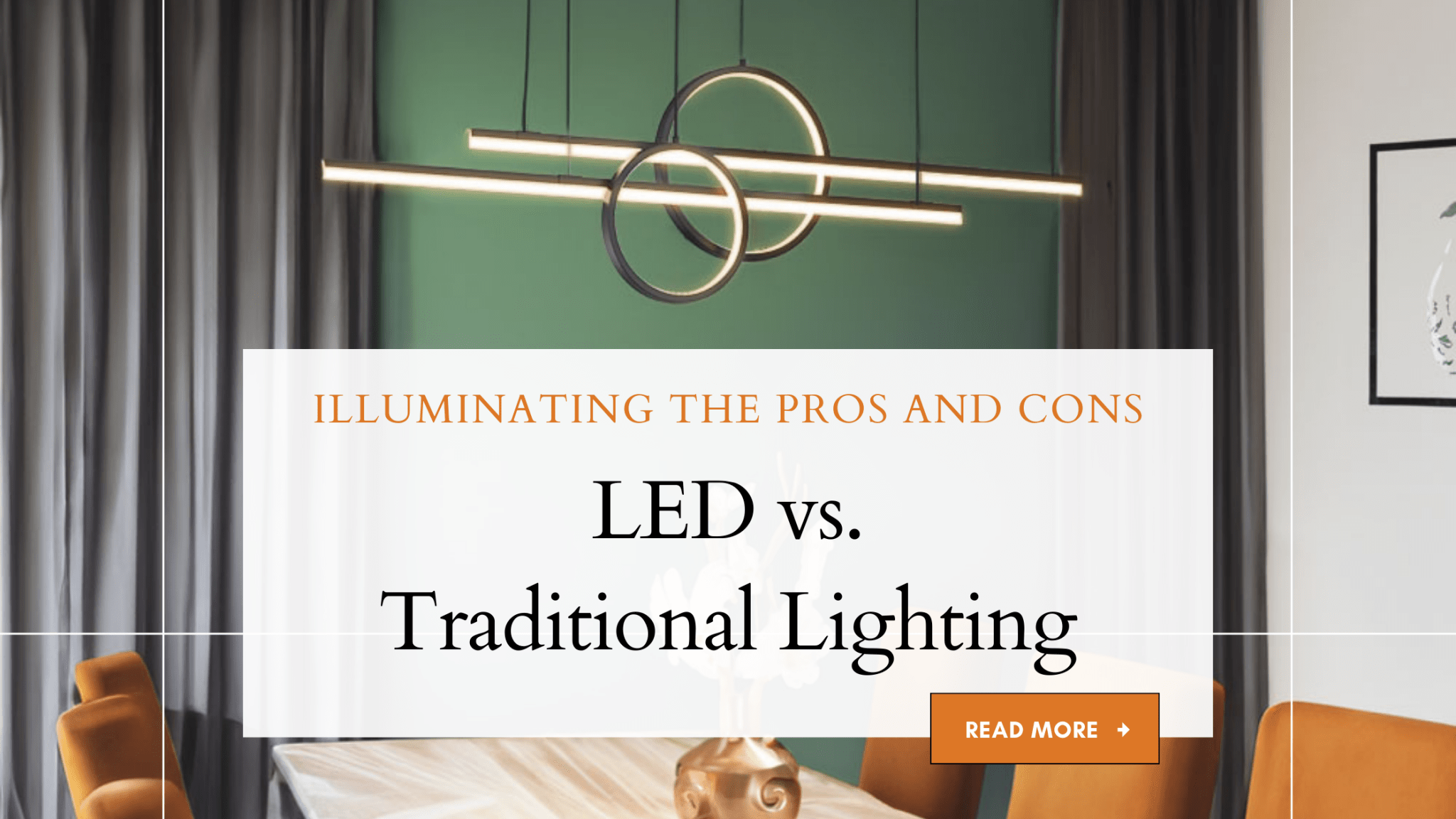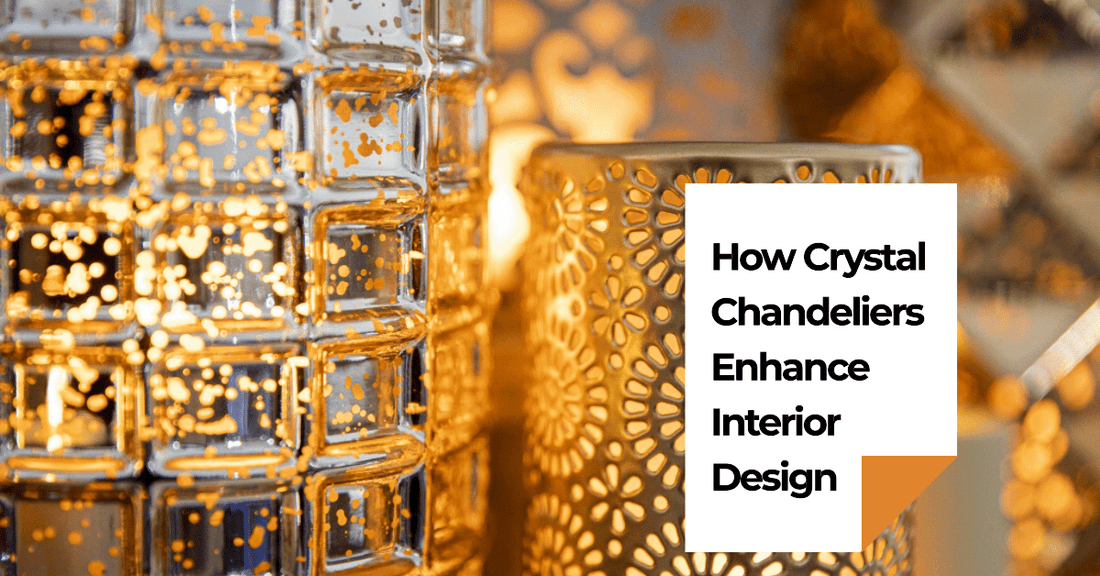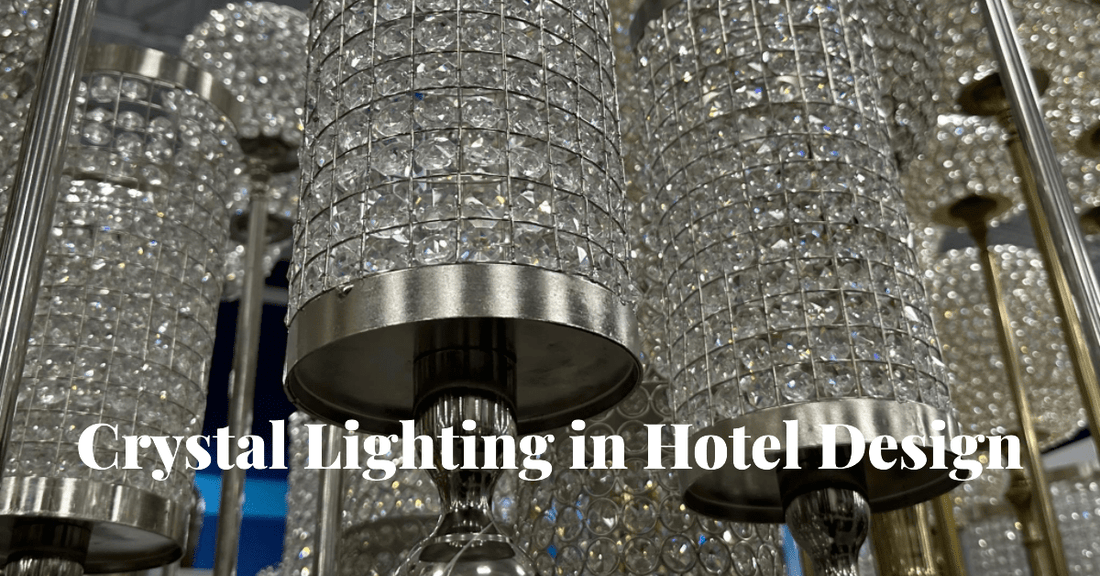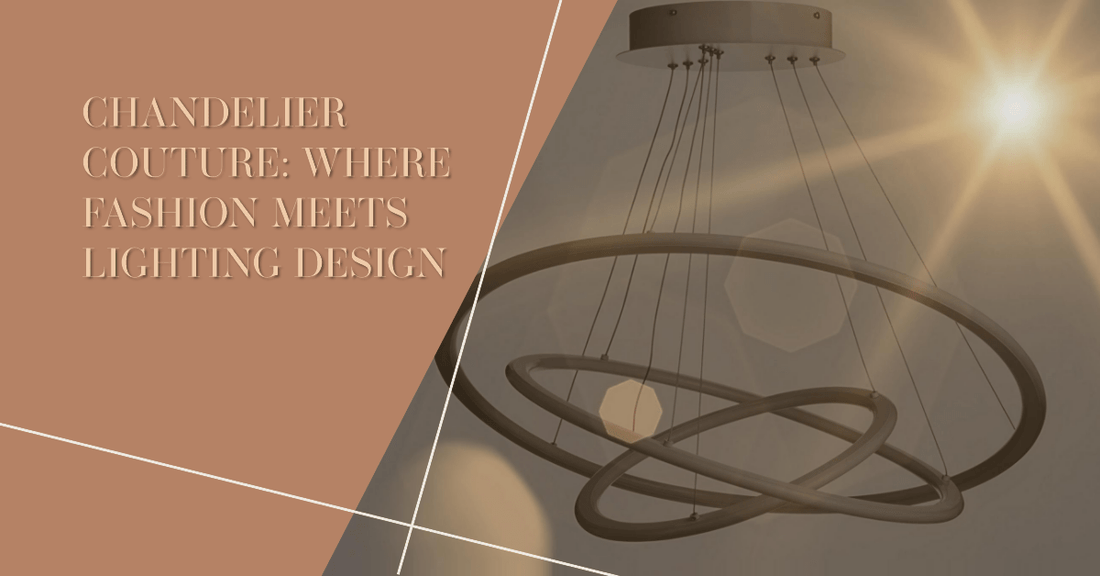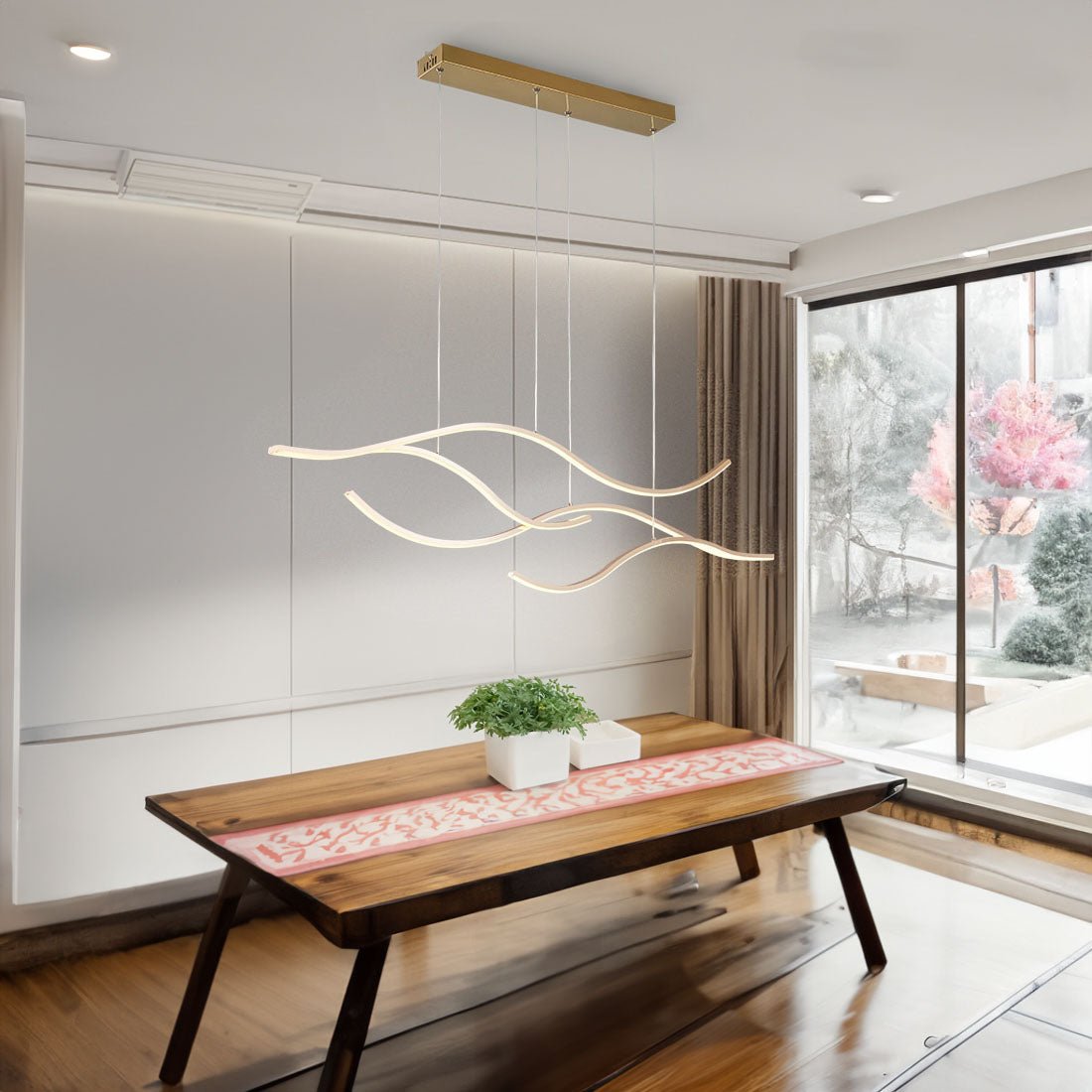Lighting plays a pivotal role in our daily lives, influencing our productivity, mood, and energy consumption. In recent years, LED (Light Emitting Diode) lighting has gained prominence, challenging the dominance of traditional lighting sources such as incandescent and fluorescent bulbs. In this blog, we will delve into the pros and cons of LED and traditional lighting to help you make an informed choice when illuminating your space.
LED Lighting: The Future of Illumination
Pros:
- Energy Efficiency: LED lighting is remarkably energy-efficient, consuming significantly less electricity compared to traditional bulbs. They convert almost all energy into light, wasting minimal energy as heat. This efficiency leads to lower electricity bills and reduced environmental impact.
- Longevity: LEDs have a remarkable lifespan, often lasting 25,000 to 50,000 hours or more. In contrast, incandescent bulbs typically last around 1,000 hours. This longevity means fewer replacements and less waste, contributing to sustainability.
- Durability: LEDs are solid-state lighting devices, making them more durable and resistant to shock and vibration compared to fragile incandescent or fluorescent bulbs.
- Instant Light: LEDs illuminate instantly when powered on, eliminating the delay and warm-up time associated with traditional bulbs. This feature is especially beneficial in applications where immediate light is crucial.
- Color Options: LEDs are available in a wide range of colors and color temperatures, providing more flexibility in creating the desired ambiance and mood in various settings.
Cons:
- Initial Cost: LED bulbs can have a higher upfront cost compared to traditional lighting options. However, this cost is often offset by long-term energy savings and reduced maintenance expenses.
- Quality Variability: The LED market is flooded with a wide range of products, and not all LEDs are of the same quality. Low-quality LEDs may exhibit issues like color inconsistency or flickering.
- Dimming Compatibility: Some LED bulbs may not be compatible with older dimmer switches, necessitating additional investments in compatible dimmer switches.
Traditional Lighting: The Tried and True
Pros:
- Familiarity: Incandescent and fluorescent lighting have been around for decades, making them a familiar and easily replaceable option for those seeking a traditional feel.
- Affordability: Traditional bulbs are often more affordable upfront compared to LEDs, making them an attractive choice for budget-conscious consumers.
- Dimming Compatibility: Many traditional bulbs work seamlessly with existing dimmer switches without the need for additional investments.
Cons:
- Energy Inefficiency: Incandescent bulbs are highly energy-inefficient, as they waste a significant amount of energy as heat. This inefficiency contributes to higher energy bills and increased environmental impact.
- Short Lifespan: Traditional bulbs have a relatively short lifespan, resulting in frequent replacements, higher maintenance costs, and more waste.
- Limited Color Options: Traditional bulbs offer limited color temperature and color rendering options, making them less versatile for creating different lighting atmospheres.
- Environmental Impact: The production and disposal of traditional bulbs can have a significant environmental impact due to the materials used and their relatively short lifespan.
Choosing between LED and traditional lighting depends on your specific needs and priorities. LED lighting excels in energy efficiency, longevity, and versatility, making it an excellent choice for most applications, despite the higher initial cost. On the other hand, traditional lighting may be more affordable upfront but comes with drawbacks like energy inefficiency and a shorter lifespan.
In the era of energy conservation and sustainability, LED lighting stands out as a superior choice for both residential and commercial applications. While traditional lighting may still have its place in certain scenarios, the benefits of LED technology in terms of energy savings, durability, and environmental friendliness make it the lighting solution of the future.




